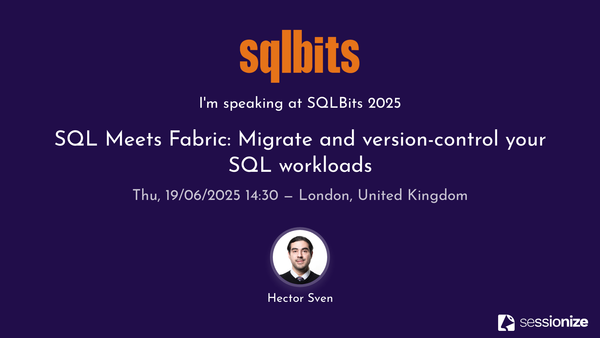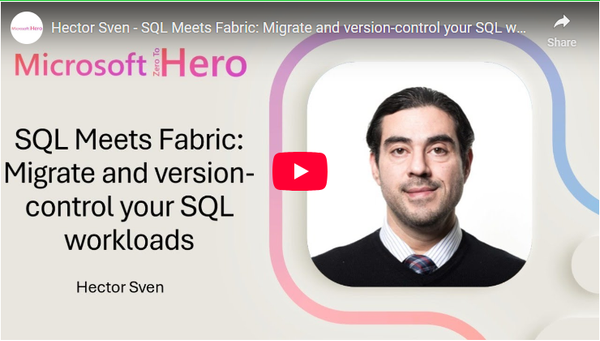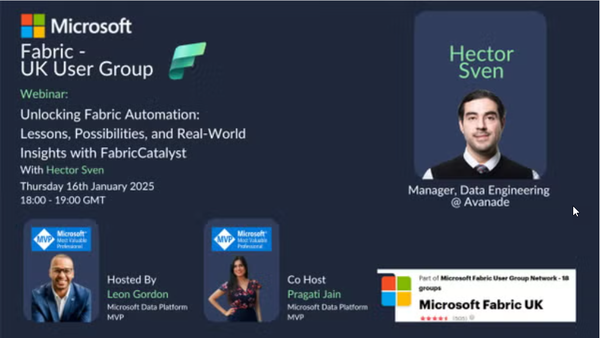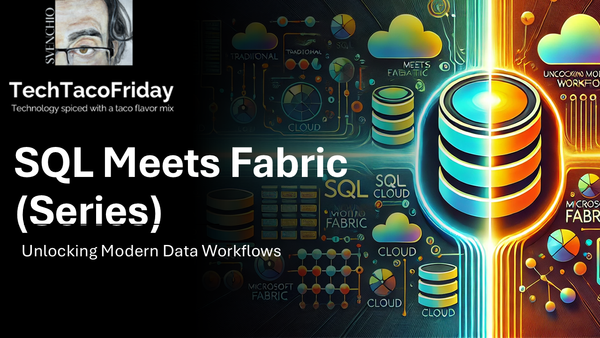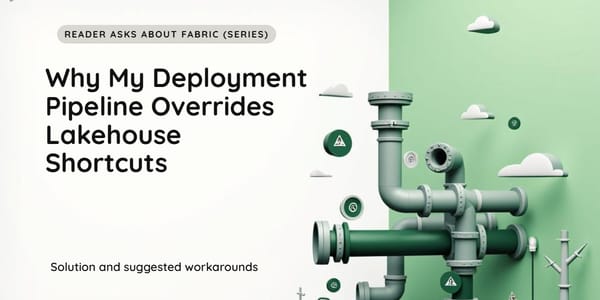
Fabric
Why my deployment pipeline override Lakehouse shortcuts?
Fabric deployment pipelines promote content across environments, but Lakehouses lack rule support—so shortcuts get overwritten. Exclude them from pipelines or automate with REST APIs (e.g., via Fabric Catalyst) to maintain environment-specific configurations.
